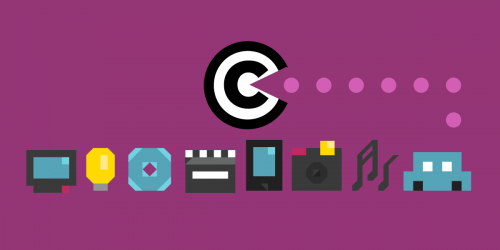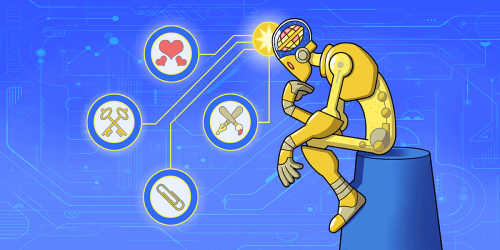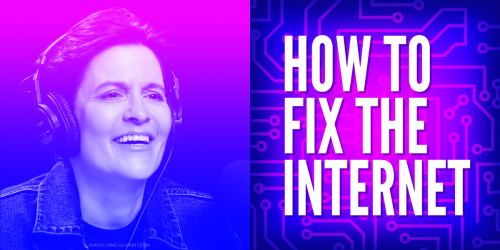We're taking part in Copyright Week, a series of actions and discussions supporting key principles that should guide copyright policy. Every day this week, various groups are taking on different elements of copyright law and policy, addressing what's at stake and what we need to do to make sure that copyright promotes creativity and innovation.
YouTube, which has become essential for video creators to build an audience, has a new tool that’s supposed to help users respond to its copyright filter. Is it something that makes fair use a priority? No, it’s a way to make it easier to remove the part of a video that someone has claimed they own.
In December, YouTube released a list of “New YouTube Studio tools to help you deal with copyright claims.” Mostly what it’s done is make it easier for you, as a video creator, to sort through all the copyright claims that have been filed against you and what that’s done to your videos. That is, so you can see difference between a “copyright strike” that is the result of the takedown process—which YouTube does in order to comply with the safe harbor provisions of the DMCA—and something which has been flagged by Content ID—a copyright filter voluntarily built and deployed by YouTube and subject only to YouTube’s policies.
Content ID works by having copyright holders upload their content into a database maintained by YouTube. New uploads are compared to what’s in the database and when the algorithm detects a match, copyright holders are informed. They can decide whether to monetize someone else’s video for themselves, mute the audio, or take it down. Users whose videos are hit with Content ID can dispute the match—chancing the claim being converted to a strike—or alter their video in some way that releases the claim.
Content ID makes matches based on seconds of matching audio or video. In other words, it doesn’t just make matches when a whole thing has been copied and uploaded. It makes matches when just a short clip is found. And short clips are often present in videos making fair use.
In order to make dealing with Content ID claims “easier” for users, YouTube’s new tool list includes something called “Assisted Trim.” If you get hit by Content ID, YouTube’s interface now presets an editing tool around the disputed clip, so that video makers can easily remove it, releasing the Content ID claim.
Videos critiquing a film or song are going to include clips from that video or song. It makes the point stronger. In the same way that high school English classes teach students to put quotes in their essays to make their point stronger, people working in visual and audio formats do the same thing.
Moreover, fair use gives people the legal right to use copyrighted material for purposes like commentary and criticism without having to get permission or pay the copyright holder. And fair use isn’t bound by a specific number of seconds. It’s bound by whether what was used was needed for the point being made.
But Content ID isn’t based in fair use. It’s based on whatever YouTube decides. Users can technically dispute a Content ID match. But if a user’s dispute of a Content ID claim is rejected, and they appeal, the user can end up with a “copyright strike.” Every YouTuber knows that copyright strikes can lead to you losing your whole page.
Losing your YouTube page—especially since there is no video platform that comes close to offering the kind of audience YouTube does—is not something anyone wants to chance. And if you depend on YouTube for your living, the situation is even direr. You can see why people would just go along with whatever happens rather than risk the potential consequences. YouTube's policies, and the tools it chooses to make available, all funnel creators into simply removing copyrighted material rather than encourage them to make fair use, even if legally they are making fair use.
By making eliminating material flagged by Content ID so easy—just click here!—and making challenging matches so perilous, YouTube has put its thumb on the scale against fair use and in favor of copyright abuse. That thumb gets especially heavy given how few real alternatives to YouTube exist.
Hosting creative content should mean a robust commitment to fair use. Fair use enriches our culture and our understanding of it. It is what ensures that copyright doesn’t strangle free expression and creativity. Subtle reinforcement of anti-fair use ideas enacted by private companies, done by the largest players in the ecosystem, does real damage.











